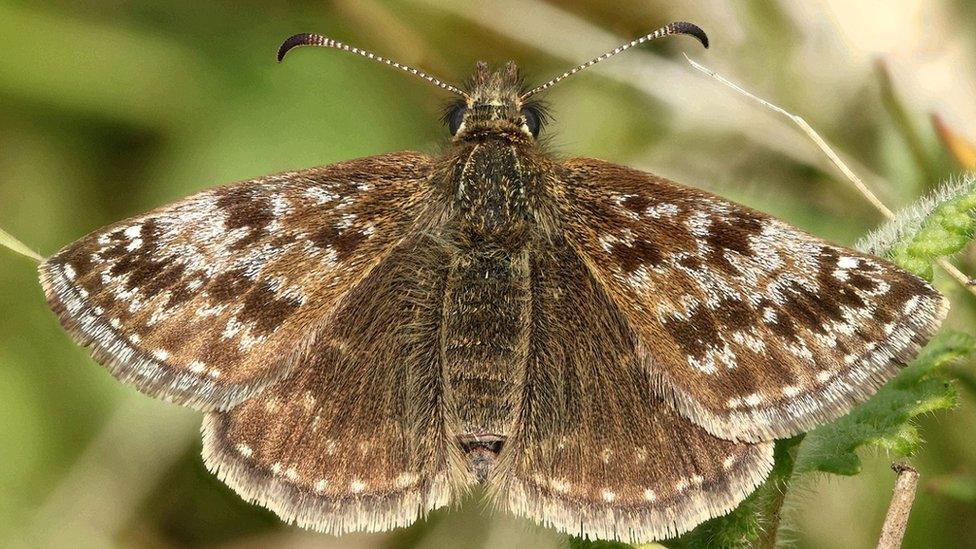Wildlife scheme to help species across The Marches
- Published

Buglife's Kate Jones said the areas need human intervention to restore important habitats
Work will start in the new year to clear areas of Shropshire as part of a scheme to restore 57 hectares (141 acres) of land across two counties.
The aim is to help struggling pollinators, bees and butterflies, by creating wildflower-rich routes to link together existing wildlife areas.
Conservation charity Buglife wants to restore habitats across The Marches to boost key species.
Some trees and gorse will be cut back to create more breathing spaces.
The "Get the Marches Buzzing" scheme, which is set to take two years, will eventually see the restoration of 13 hectares (32 acres) in north Herefordshire and 44 hectares (109 acres) in Shropshire.
The areas worked on will be lowland heath and species-rich grassland and should help the Dingy Skipper butterfly and the Bilberry Bumblebee, Buglife said.
The changes will be quite drastic, Buglife's Kate Jones said, with gorse and some trees removed and new patches of heather and flowers seeded along with some ground left bare.
"Because we've got so few green spaces left, if we all left them, they would become quite dark places with not much flowering species present and not much diversity of habitat," she said.
"We will be cutting down trees and that can ring alarm bells but it's almost a little bit of a reset to make sure that these sites offer as much as they can."
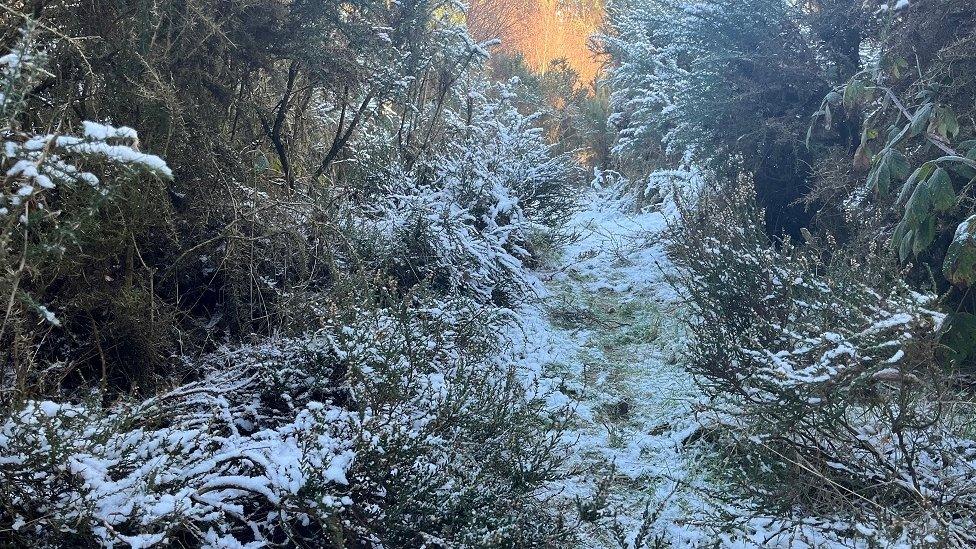
The areas have become too dark and need to be opened up to help species like the Dinghy Skipper and the Bilberry Bumblebee, Buglife said
By the end of the two years, Ms Jones said the areas should look very different.
The project, which has been funded by Severn Trent Water and The National Lottery Heritage Fund, is part of Buglife's B-Lines project.

Follow BBC West Midlands on Facebook, external, Twitter, external and Instagram, external. Send your story ideas to: newsonline.westmidlands@bbc.co.uk, external
Related topics
- Published22 November 2022
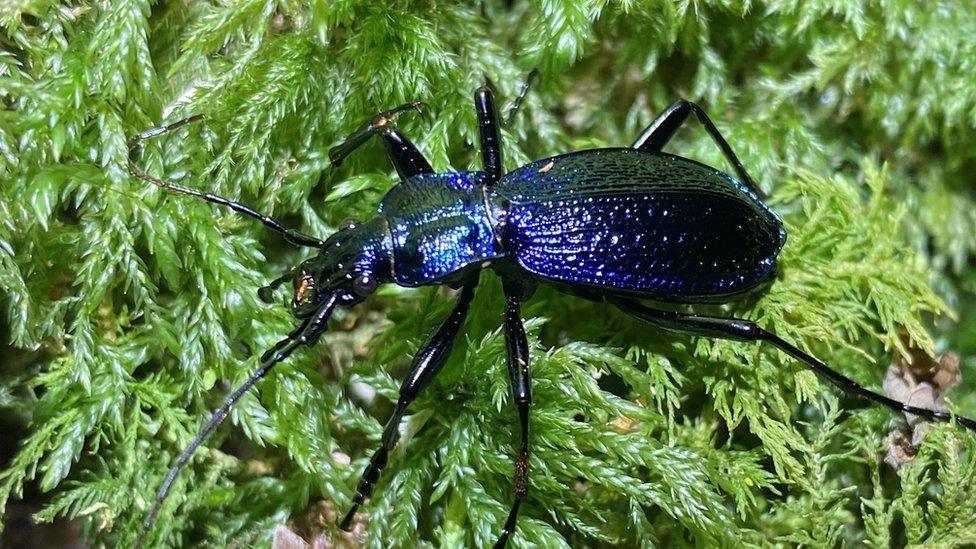
- Published8 November 2022
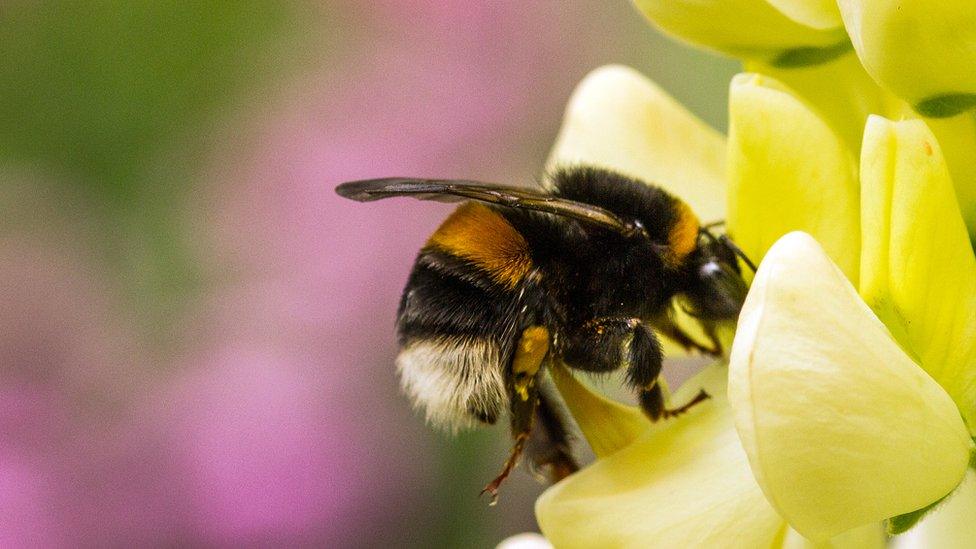
- Published1 July 2022
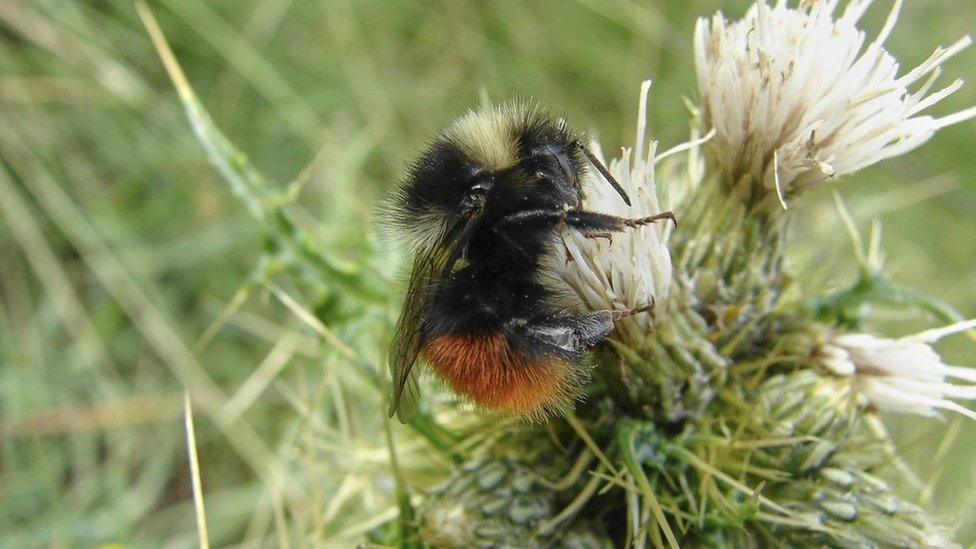
- Published30 April 2016
